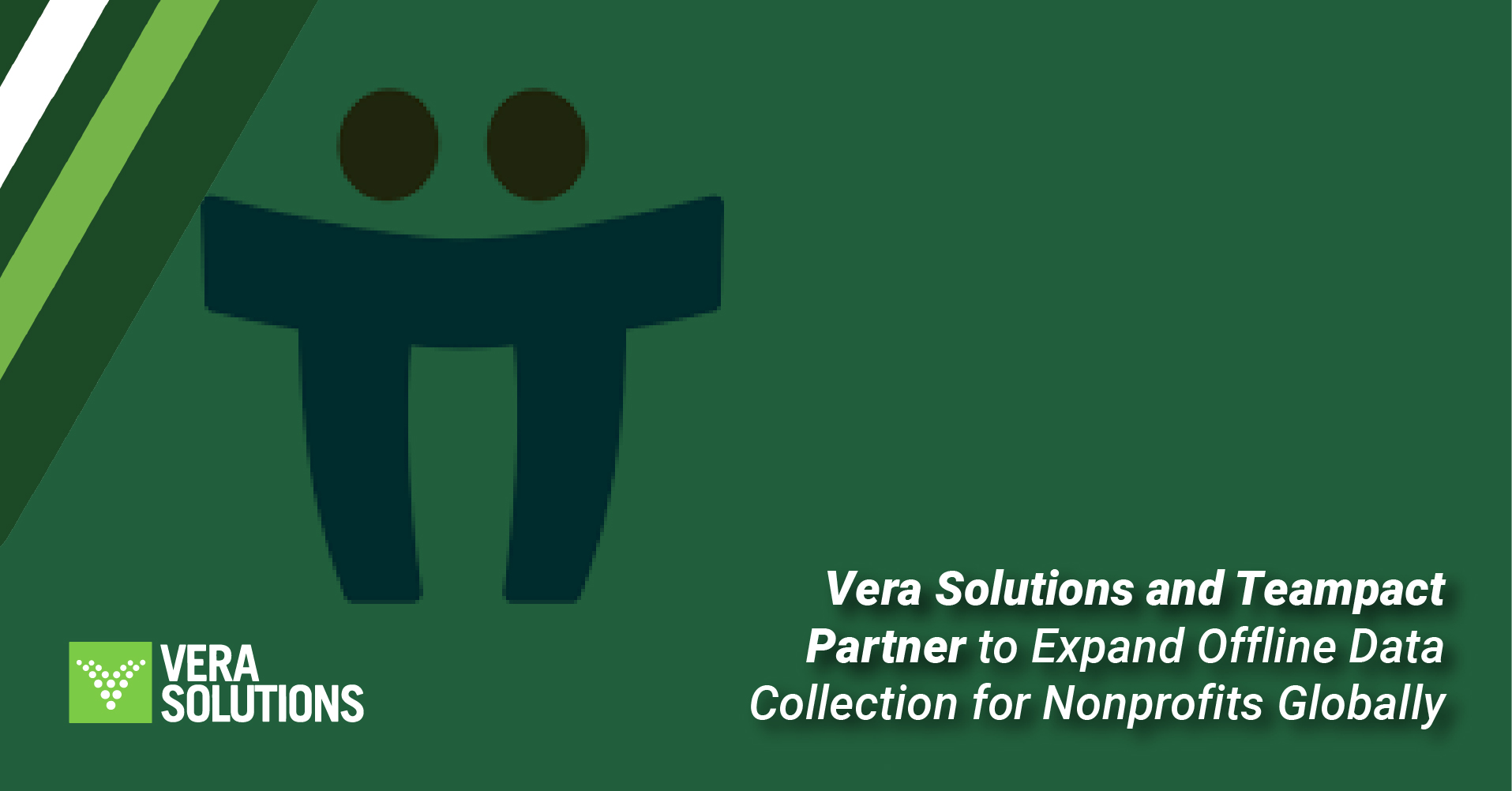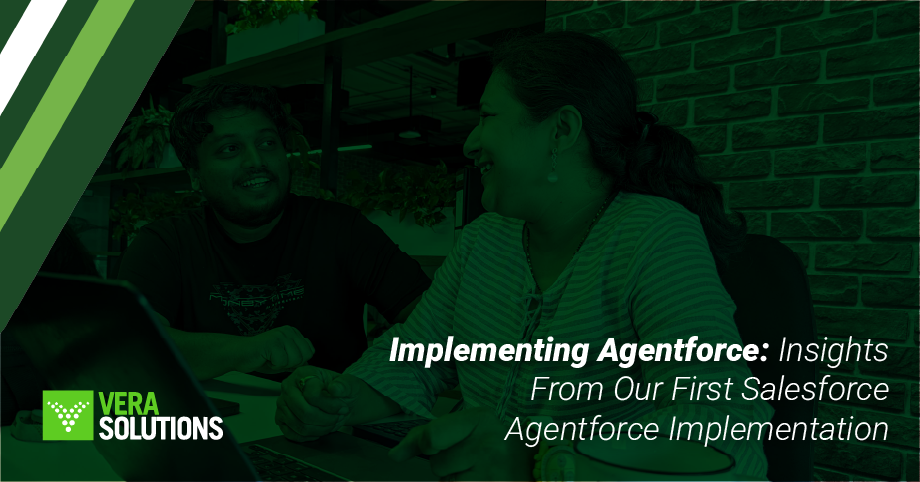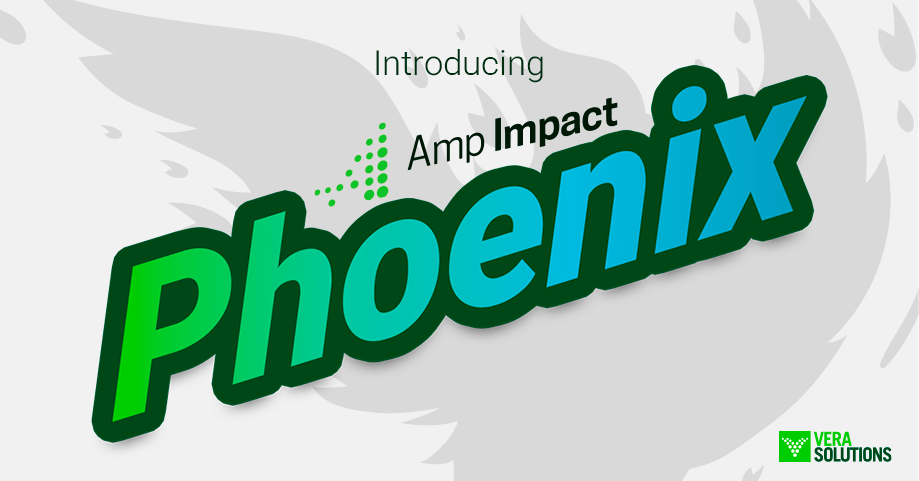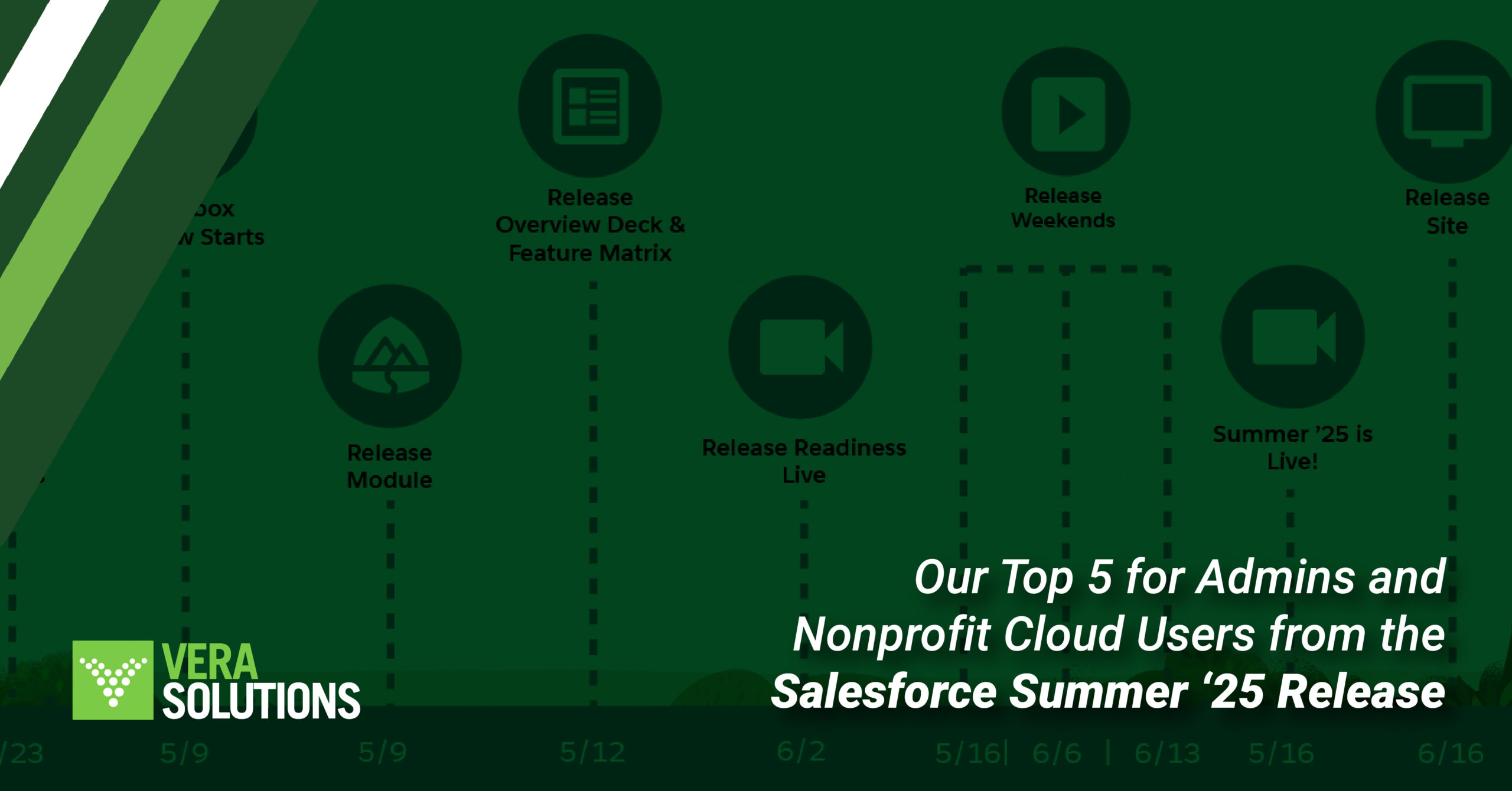Imagine building your dream home. You could follow a detailed blueprint, carefully planning every detail to ensure you get exactly what you want, all within budget and on time. Or, you could take a more relaxed approach, adjusting as you go and embracing the surprises along the way. The strict plan gives you certainty and peace of mind—you know what you’ll get and when—but it can also bring pressure to stay on schedule and within budget. On the flip side, a more flexible approach could lead to creative, unexpected results, though it might come with a little more uncertainty and stress. Both ways have their strengths, but what if you’re torn between the two and want the best of both worlds: structure with room to adapt?
Organizations often face a similar choice when it comes to system implementation—do they go with a structured Waterfall methodology or a more flexible Agile approach? A new option is gaining popularity: the Hybrid Agile approach, which blends the predictability of Waterfall with the flexibility of Agile. This is exactly the path that Tearfund, a UK-based global development organization, took when upgrading its grant and partner management system using Salesforce and Amp Impact. It’s not often you hear about a project being completed ahead of schedule and under budget, but Tearfund achieved just that. As Andrew Whitcombe from Tearfund highlighted in our recent webinar Advancing Grant and Partner Management Solutions, “Organizations need to become adaptable in today’s rapidly moving technology environments.”
How did they do it? We’ll take a closer look at the approach that allowed Tearfund to meet its goals and stay on track, offering valuable takeaways for nonprofits looking to remain adaptable in today’s fast-moving technology landscape.
Before we go into the details, it is important to first understand these three common implementation methodologies.
1. Waterfall Approach
The Waterfall methodology is a structured approach that focuses on upfront planning and predictability. It’s great for stable projects but can fall short when unexpected changes arise or when new stakeholders join the process too late. Having said that, unexpected changes should be expected, as no project ever goes 100% according to plan.
2. Agile Approach
Agile is flexible, and prioritizes delivering value through iteration. While it’s harder to fix a budget and scope upfront, its focus on frequent updates and adapting to change makes it ideal for dynamic, evolving projects where the detailed requirements may not be entirely known or clear upfront.
3. Hybrid Agile Approach
Hybrid Agile delivery combines Waterfall’s structure with Agile’s flexibility, balancing planning with adaptability. While it poses challenges like managing two methodologies, it offers a strong, balanced approach.
Tearfund’s Path to Success with the Hybrid Agile Approach
The Organization
Tearfund is a UK-based global relief and development agency working in more than 50 countries. With dedicated staff and strong local partnerships, they help fight poverty and create lasting change in communities. As their work has grown in recent years, they realized their old partnership and grants management system couldn’t meet their needs anymore. Moving to a flexible, cloud-based system was an exciting step forward, but choosing the right approach was just the beginning. What made the difference was Tearfund’s clear understanding of what needed to be done, along with their commitment to guiding their staff and working closely with Vera Solutions through the transformation.
The Decision Tree
Throughout the project lifecycle, you’ll make numerous decisions—some affecting all users, others just a few. You’ll decide on system functionalities that could lead to changes in scope and timeline, as well as technical architectural choices that may impact your broader technical ecosystem. For Tearfund, making these decisions was key during their multi-year transformation. To ensure they were on the right path, they used the RAPID Framework, a tool that helped them navigate everything from analyzing functional requirements to planning hands-on training sessions. Tearfund’s decision-making process involved evaluating the feasibility of moving from their existing, rigid system to a more modern and adaptable solution. After considering various approaches, they concluded that a hybrid approach, blending waterfall and agile methods, would best support their needs and provide the necessary scalability for future growth.

The Implementation Path
In 2020, Tearfund made the important decision to replace its outdated system, which had been in place for 25 years but no longer met its evolving needs. After a thorough evaluation process, including testing the feasibility of moving from their complex, disconnected technology to a more flexible, interoperable cloud-based solution on Salesforce and Amp Impact, which benefit from strong ecosystems and ongoing innovation. To manage the project, they adopted part of the Dynamic System Development Method (DSDM), an agile approach that balances adaptability with the necessary project management controls of a waterfall approach. Ensuring the team’s comprehensive agile methodology training was instrumental to their success. Another critical factor was engaging the right stakeholders from the start, people who understood the business processes, were open to new solutions, and could inspire and support their colleagues throughout the project.
“Systems are a mirror of our business processes and data, not a replacement for them. If a system doesn’t work the best answer is often not ‘we need a new system’. If you don’t like what you see, look at the business processes and data first.”
– Andrew Whitcombe, Head of Global Systems Programme, Tearfund.
See below for an example of Tearfund’s delivery approach high-level plan:
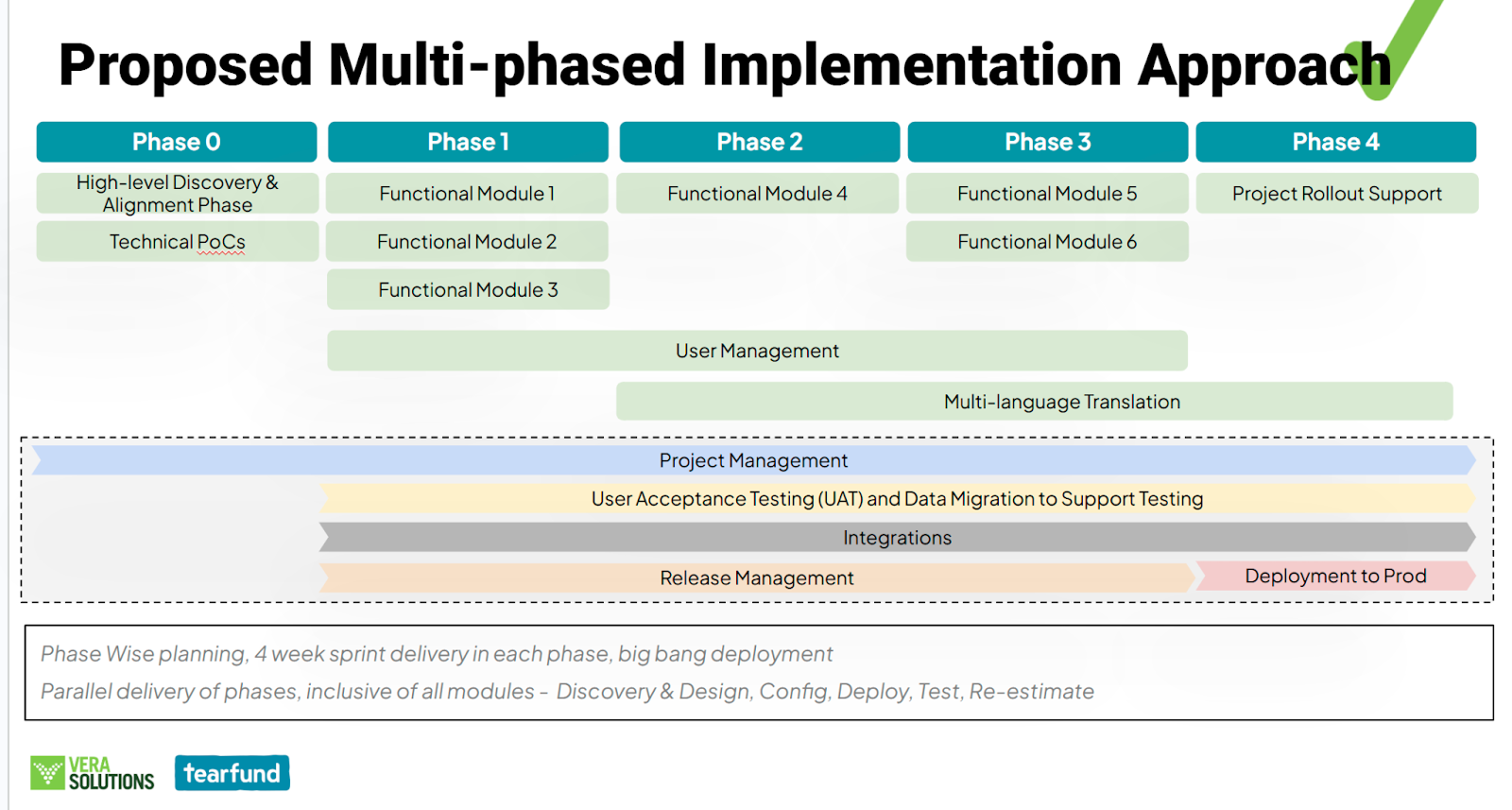
“We reprioritized using the MoSCoW method and made key decisions that helped reduce time. Honest conversations, feedback loops, and bi-weekly check-ins played a critical role over the nearly two years of the project. We celebrated our successes and recognized areas for improvement. Flexibility in implementation, with continuous sessions and a blend of agile and waterfall principles, contributed to our progress. This process required trust—trusting and listening to the experts, and earning the trust of stakeholders. Vera Solutions was a key contributor, moving in and out of the project. It was a balance: 10 percent planning and 90 percent execution.”
– Andrew Whitcombe, Head of Global Systems Programme, Tearfund.
MoSCoW method for requirement prioritization
If you are still unsure, Tearfund applied the MoSCow method to prioritize their requirements effectively. This is a prioritization technique used to manage and clarify priorities during each sprint (timebox) planning. You have to be prepared to explore business and technical simplification opportunities with your implementation partner. At Vera, we guide our clients through these discussions by conducting a thorough analysis, offering simplification options along with their associated considerations and level of effort (LOE) impact. While the final decision rests with the client, we strongly encourage evaluating whether the cost of delivering complex requirements is balanced by the value they will drive for the organization and, if the answer is no, to simplify accordingly.
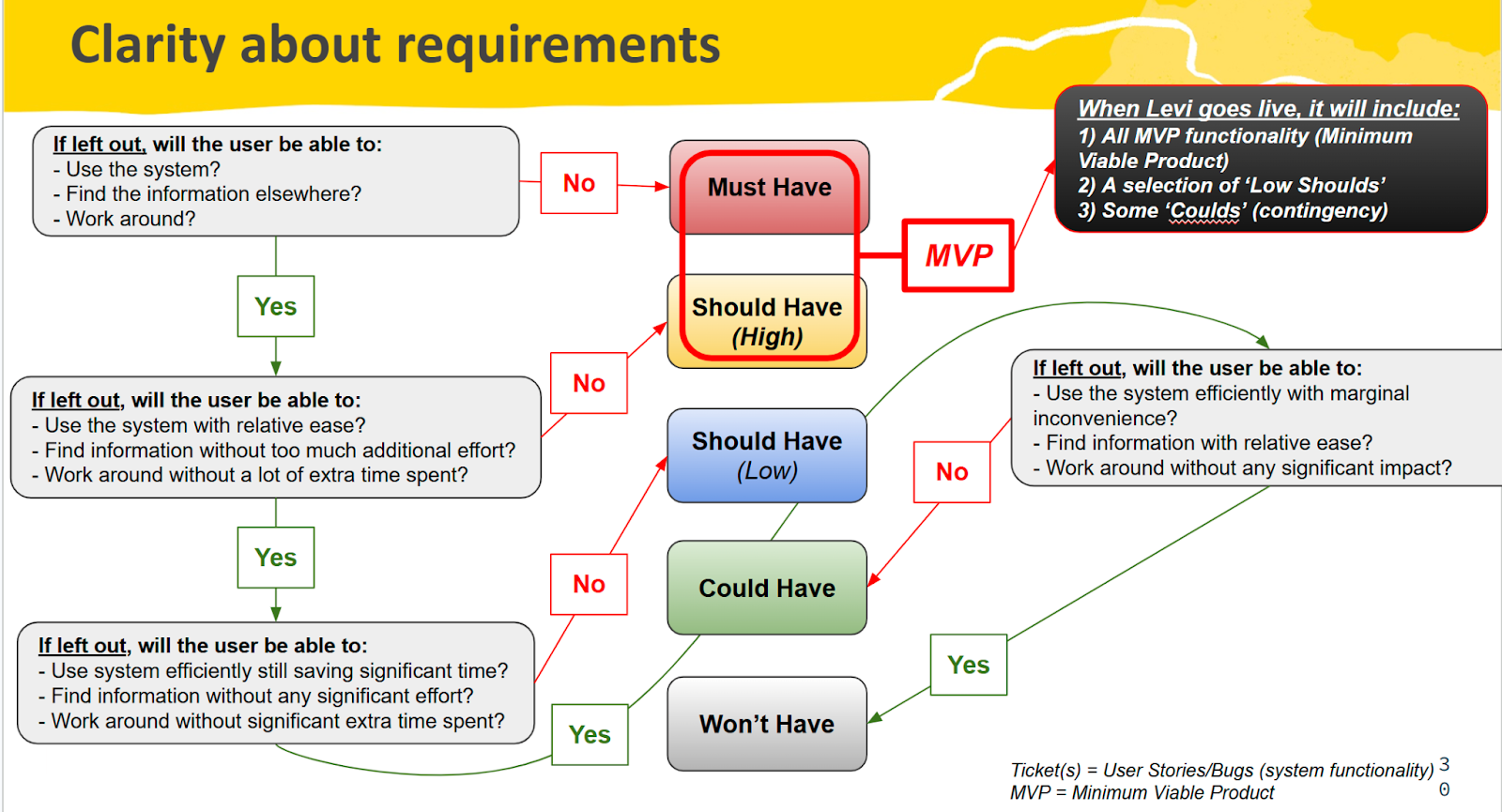
Training Approach
Digital transformation is an ongoing journey, not a destination, and planning for training from the outset is essential. Tearfund implemented the “train the trainer” approach, which included the following steps:
- Identify trainers: Tearfund selected the key staff members who would become the trainers.
- Roles and expectations: They established clear roles, responsibilities, expectations, and timelines from the start.
- Trainer training: Vera Solutions trained the selected trainers using a blend of theory, demonstrations, and hands-on case studies. Tearfund also utilized user guides and internal knowledge content through their learning tool.
- Trainer-led regional training: The trained trainers then conducted sessions for their colleagues across different regions.
- Training evaluation: Finally, Tearfund assessed the training effectiveness and identified areas for system improvement.
What’s next for Tearfund and this project?
Tearfund’s journey toward more efficient grant management is evolving. The next step is to enhance its Grant Management Systems by integrating institutionally funded projects into its existing platform, LEVI. Built on Salesforce, LEVI will be expanded to bring these projects together with other systems, creating a more seamless and effective way to manage and track grants of all types. This improvement will help Tearfund make more informed decisions and maximize its impact.
A crucial part of success stemmed from a strategic partnership with the right consultant, demonstrating that effective digital transformation for nonprofits extends beyond tool selection to encompass thoughtful implementation and adaptive project management. This collaboration involved Vera Solutions providing real-time analysis to inform scope adjustments in response to evolving requirements and technical challenges, enabling Tearfund to make informed decisions and collaboratively reprioritize tasks. This iterative process, marked by constant re-evaluation and adaptation, ensured the system remained aligned with its purpose, ultimately maintaining project timelines and budget while empowering Tearfund’s teams and enhancing operational efficiency, underscoring the value of trusted collaborators in navigating complex technology projects.


